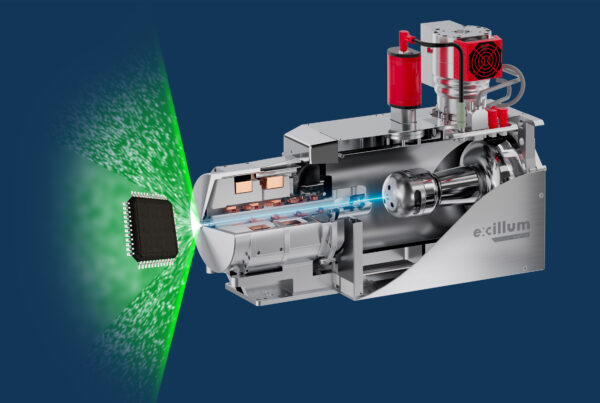Berthold H. Rimmler, Binoy K. Hazra, Banabir Pal, Katayoon Mohseni, James M. Taylor, Amilcar Bedoya-Pinto, Hakan Deniz, Malleswararao Tangi, Ilya Kostanovskiy, Chen Luo, Robin R. Neumann, Arthur Ernst, Florin Radu, Ingrid Mertig, Holger L. Meyerheim, and Stuart S. P. Parkin
Advanced Materials 2023, 2209616
Antiferromagnets with non-collinear spin structures display various properties that make them attractive for spintronic devices. Some of the most interesting examples are an anomalous Hall effect despite negligible magnetization and a spin Hall effect with unusual spin polarization directions. However, these effects can only be observed when the sample is set predominantly into a single antiferromagnetic domain state. This can only be achieved when the compensated spin structure is perturbed and displays weak moments due to spin canting that allows for external domain control. In thin films of cubic non-collinear antiferromagnets, this imbalance is previously assumed to require tetragonal distortions induced by substrate strain. Here, it is shown that in Mn3SnN and Mn3GaN, spin canting is due to structural symmetry lowering induced by large displacements of the magnetic manganese atoms away from high-symmetry positions. These displacements remain hidden in X-ray diffraction when only probing the lattice metric and require measurement of a large set of scattering vectors to resolve the local atomic positions. In Mn3SnN, the induced net moments enable the observation of the anomalous Hall effect with an unusual temperature dependence, which is conjectured to result from a bulk-like temperature-dependent coherent spin rotation within the kagome plane.



